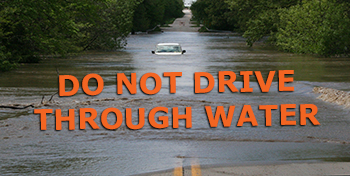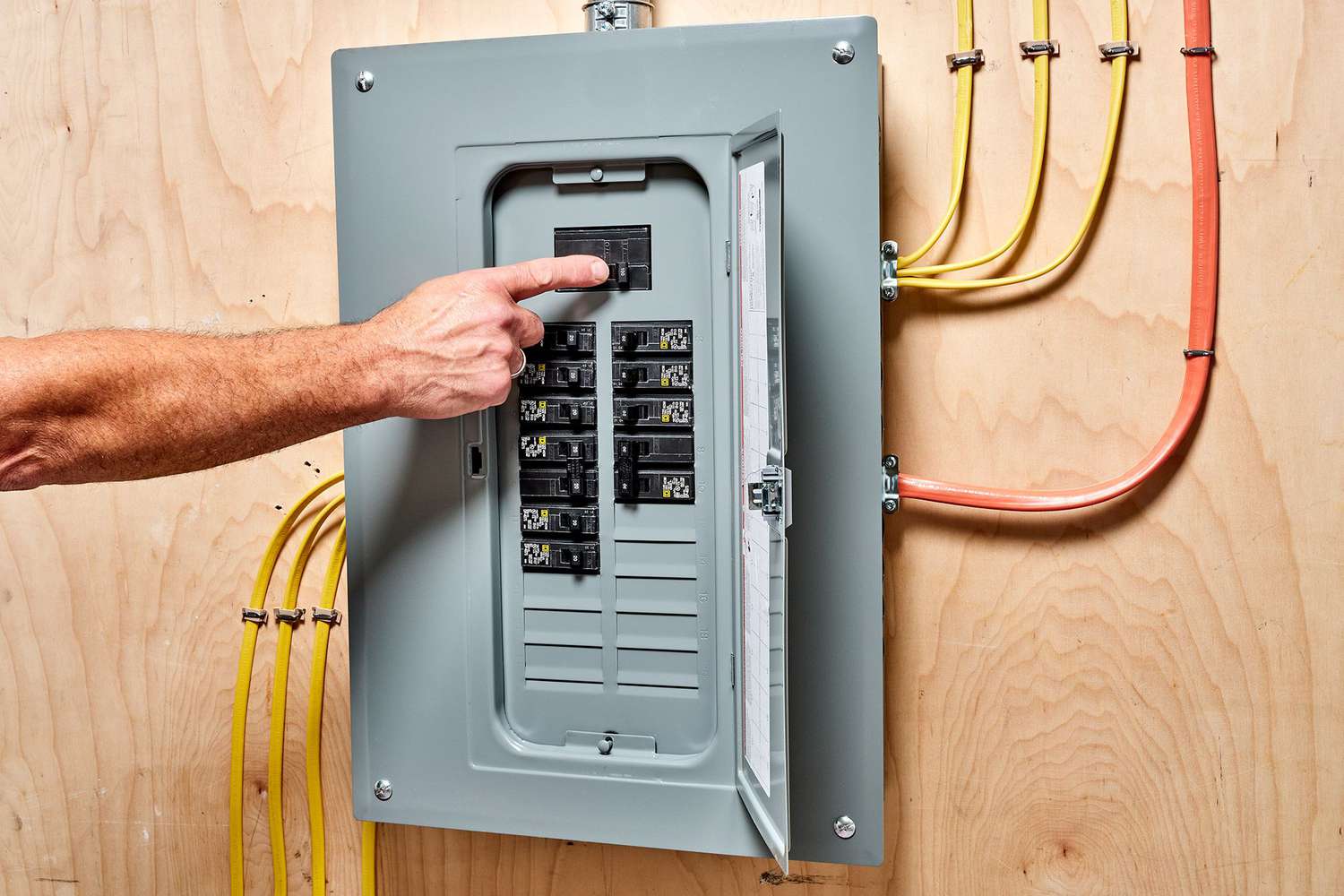The Importance of Weather Monitoring
Weather monitoring plays a crucial role in our daily lives, providing valuable information that impacts various aspects of society. From predicting storms to assessing climate trends, accurate weather monitoring is essential for making informed decisions and ensuring public safety.
Enhancing Safety and Preparedness
One of the primary benefits of weather monitoring is its ability to enhance safety and preparedness. By tracking changes in temperature, humidity, wind speed, and precipitation, meteorologists can issue timely warnings for severe weather events such as hurricanes, tornadoes, and floods. These warnings allow individuals and communities to take proactive measures to protect lives and property.
Supporting Agriculture and Industry
Weather monitoring also plays a vital role in supporting agriculture and industry. Farmers rely on accurate weather forecasts to plan planting schedules, irrigation practices, and harvest times. Similarly, industries such as aviation, shipping, and construction depend on weather data to optimize operations and mitigate risks associated with adverse weather conditions.
Monitoring Climate Change
In addition to short-term weather forecasting, monitoring long-term climate trends is essential for understanding the impact of climate change. By analyzing historical weather data collected over decades or centuries, scientists can identify patterns and trends that provide insights into global climate change phenomena. This information is crucial for developing mitigation strategies and adapting to changing environmental conditions.
Utilizing Advanced Technologies
Advancements in technology have revolutionized weather monitoring capabilities. Satellite imagery, radar systems, weather buoys, and automated weather stations enable real-time data collection from various locations around the world. High-performance computer models process this data to generate accurate forecasts with increasing precision, helping meteorologists provide timely warnings and advisories.
Conclusion
Weather monitoring serves as a cornerstone of modern society by providing critical information that influences decision-making across diverse sectors. From safeguarding lives during natural disasters to supporting economic activities through informed planning, the importance of accurate weather monitoring cannot be overstated. By investing in robust monitoring systems and leveraging advanced technologies, we can better prepare for the challenges posed by dynamic weather patterns and climate variability.
Understanding Weather Monitoring: Roles, Definitions, Access, and Career Paths
- Who is the person who monitors the weather?
- What is the meaning of weather monitoring?
- How do I get into the weather monitoring station?
- How do I get into weather monitoring?
Who is the person who monitors the weather?
Meteorologists are the professionals responsible for monitoring the weather. These experts analyze atmospheric conditions, collect data from various sources, and use sophisticated tools and models to forecast weather patterns. Meteorologists work in government agencies, research institutions, media outlets, and private companies to provide accurate and timely weather information to the public. Their expertise and dedication play a crucial role in keeping communities informed and safe during severe weather events.
What is the meaning of weather monitoring?
Weather monitoring refers to the systematic observation and collection of meteorological data to track and analyze atmospheric conditions over a specific period. By measuring variables such as temperature, humidity, wind speed, precipitation, and air pressure, weather monitoring helps meteorologists forecast short-term weather patterns and long-term climate trends. This process enables the detection of changes in weather conditions, the identification of potential hazards like storms or heatwaves, and the provision of timely warnings to protect lives and property. Ultimately, weather monitoring plays a crucial role in enhancing safety, supporting various industries, and advancing our understanding of climate dynamics.
How do I get into the weather monitoring station?
To gain access to a weather monitoring station, individuals typically need to follow specific protocols and procedures established by the organization or agency operating the facility. Entry into a weather monitoring station is often restricted to authorized personnel due to the sensitive nature of the equipment and data housed within the facility. Those interested in visiting or working at a weather monitoring station may need to undergo training, obtain security clearance, and adhere to safety guidelines to ensure the integrity of the data collected. Additionally, building relationships with meteorologists or professionals in the field may provide insights into opportunities for involvement or collaboration within a weather monitoring station.
How do I get into weather monitoring?
Getting into weather monitoring requires a combination of education, training, and practical experience. A common starting point is pursuing a degree in meteorology, atmospheric science, or a related field to gain a solid foundation in weather principles and forecasting techniques. Additionally, gaining hands-on experience through internships or volunteer opportunities with local meteorological organizations can provide valuable insight into the day-to-day tasks of weather monitoring professionals. Building a strong network within the meteorological community and staying updated on advancements in weather monitoring technologies are also key steps to entering this field successfully. By continuously learning and honing your skills, you can embark on a rewarding career path in weather monitoring.




